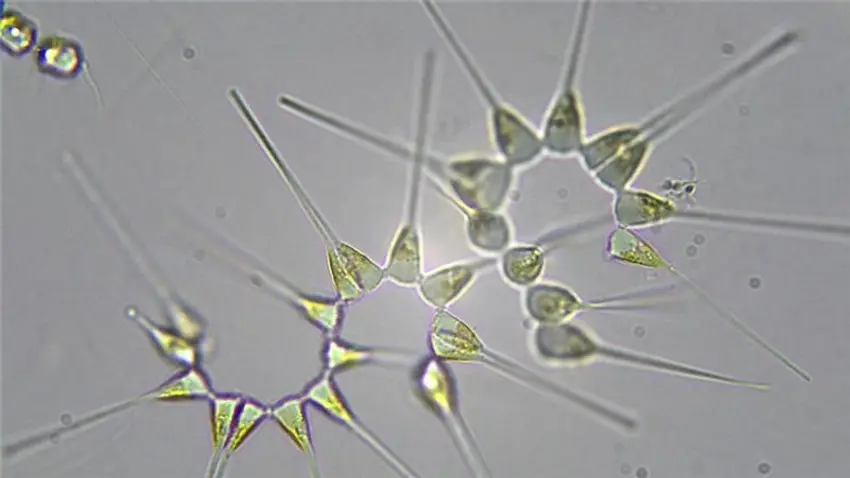

Stories, Science and Seafood Safety
This project centers the lived experience of Indigenous communities in toxin research. Through storytelling, participatory science, and tailored risk assessments, it fosters healing, cultural preservation, and food sovereignty while addressing the challenges of climate change.
Innovations
Project 3 will holistically examine community impacts of paralytic shellfish poisoning through integrative and co-generated convergence science by applying best practices in survey research, applied epidemiology, environmental social science, and indigenous research methods including “story telling” (Smith 1999, p.144) to impart collective local knowledge - which in Tlingit culture is often orally transmitted, “celebrating survival” (Smith 1999, p.145) of traditions, “remembering” historical trauma (page 146), and “revitalizing” traditions by encouraging uptake among the youth (Smith 1999, p.147-148) are all critically important for achieving a holistic appreciation for how human health and changing marine environments are intertwined for the peoples living in the Gulf of Alaska. There will be extensive input from the Community Voices Panel. There will also be a tailored and community-driven risk assessment of seafood safety, which is innovative beyond traditional risk assessment approaches.


Honoring Survival & Teaching Youth
Revitalizing tradition is a key aim. Through educational programming and intergenerational knowledge sharing, the project supports youth in reconnecting with safe harvesting practices and environmental stewardship.

Specific Aims
-
Investigate individual perceptions of local and regional climate change and health risks for persons and communities in southeast Alaska, inclusive of PSP. We hypothesize that average perceptions of local and regional risks will differ across communities based on historical and cultural practices and experiences. This Aim will be realized through mixed-methods research involving qualitative research in a sample recruited from 5 remote communities using grounded theory approaches (n~10 per community) (see III.2.B) and a quantitative survey with target sample size of 1,023 participants optimized for estimating of PSP prevalence among residents of communities where there has been PSP (see III.3.A).
-
Characterize community dietary patterns, with emphasis on subsistence foods. We hypothesize that dietary patterns vary spatially and temporally. This Aim will be achieved through mixed-methods research involving qualitative research in 5 rural communities to identify locally important foods (see III.2.B), and food frequency questionnaire items on the community survey (see III.3.A); our informed consent will also request permission to recontact survey participants for dietary research (e.g., 24hr diet recalls) in the future. We will also do a retrospective analysis of data on Kodiak Island community subsistence harvest collected since 1982 by the Alaska Department of Fish & Game (see III.3.B).
-
Integrate information on toxin risks and dietary practices into tailored risk characterization products co-generated by and meant to be useful for the community. This will be achieved through synthesis of the findings from the community dietary intake survey (see III.3.A) with measured levels of toxins in shellfish from the routine monitoring program as well as community-provided samples analyzed by the Facility Core lab. We will apply probabilistic risk assessment methods for evidence-based insights on seafood safety.



